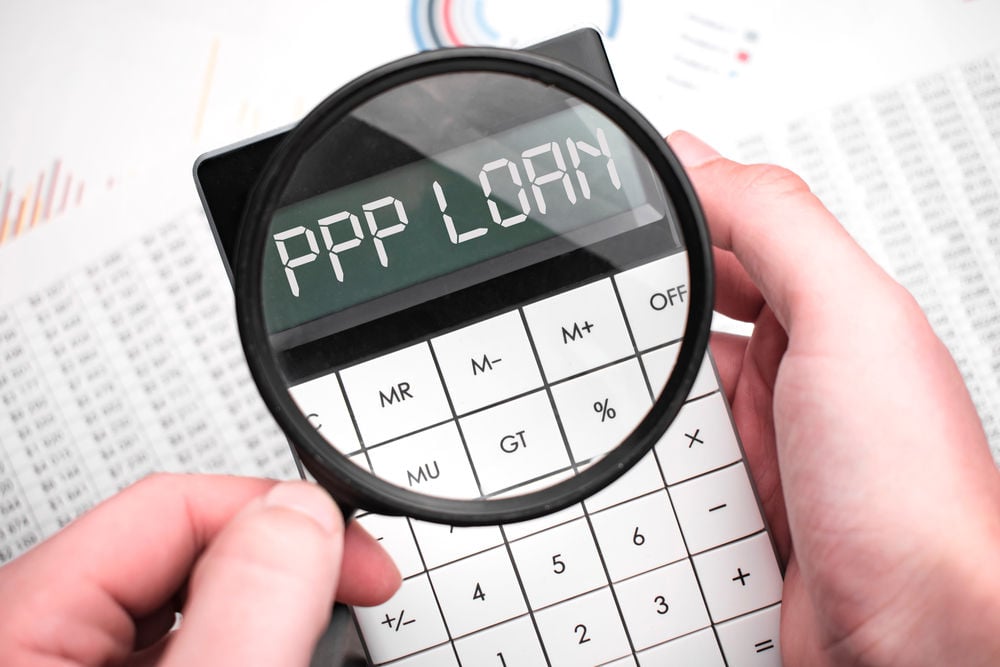Small Business Owners Can Take Advantage of These Alternatives to the PPP Loan Scheme
Related Topics (Sponsored Ads):
Unfortunately, the Paycheck Protection Program (PPP) ended on May 31 2021. This means that many small business owners may need to find alternative financing options. If this is your situation, you should know that there are several viable alternatives for financing in 2021. In this article, we will review some of these options.
Unfortunately, the Paycheck Protection Program (PPP) ended on May 31 2021. This means that many small business owners may need to find alternative financing options. If this is your situation, you should know that there are several viable alternatives for financing in 2021. In this article, we will review some of these options.

Loans from the Small Business Administration (SBA)
The Small Business Administration (SBA) has several lending programs for businesses that may be struggling. These loans are not forgivable (like some PPP loans could be), but they still tend to have more preferable terms for borrowers than banks and other private lenders. Be aware that they do have credit standards that you have to meet. They may also require collateral.
– “Microloans” can provide up to $50,000 – note that these loans cannot be used to refinance existing debt.
– “7(a)” loans can be up to $5,000,000 – these loans can be used to refinance debt, in addition to cover working capital, equipment and construction.
– SBA “Express Loans” can currently be up to $1,000,000 (though this is due to change later this year).
While these loans are not forgivable, they can qualify for the SBA’s debt relief program. This means that the SBA pays the first six months of principal and interest on loans approved before the end of September (Sep 30).
It is also important to note that the SBA does not normally give loans directly to businesses. Instead, they have specially approved financial and community institutions that they partner with.
When researching lenders, search for those approved by the SBA who can provide access to these loans.
Economic Injury Disaster Loans from the SBA
This special type of loan can provide some support to small businesses that are experiencing a significant drop in revenue due to the COVID-19 epidemic.
While not all organizations are eligible for this type of loan, it is certainly worth checking, because many small businesses ( meaning having less than 500 employees) are eligible. You need to fulfill certain criteria, particularly that you lost over 25% of your annual revenue due to COVID, plus the SBA may also look at your personal credit record when considering your application.
You can apply for the Injury Disaster Loan Program directly through the SBA website.
Business Grant Programs
There are federal, state and local government agencies that offer thousands of grants to qualifying small businesses. They usually don’t have to be repaid, making them worthwhile to hunt for.
Start by checking with your local chamber of commerce, Small Business Development Center or Economic Development Administration office. There are online databases like Grants.gov, that can provide a comprehensive, searchable listing of available grants.
Note that most grants have very specific requirements and are often targeted to a specific business-mission, location, type of business or demographic – such as veteran-owned or minority-owned businesses.
Invoice Factoring
This is very helpful for businesses that have a lot of accounts receivable and don’t want (or can’t obtain) a loan. Here, you basically sell your outstanding invoices to a factoring company to raise cash. Of course, they will only pay you a percentage of what is actually owed on the invoice (the difference is how they make their money).
You need to shop around if you choose this option, to make sure you get as a high of percentage as possible. The stronger your customers are, the higher the percentage you should get. Also, aged (especially past due) invoice will get you a lower percentage.

